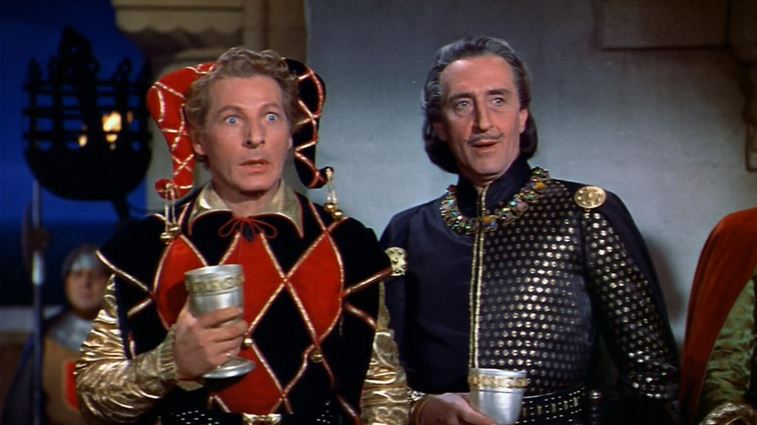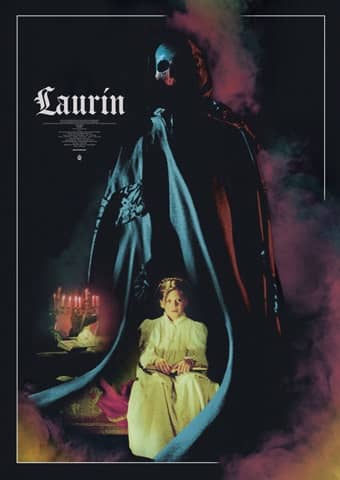 Critic Farah Mendlesohn introduced the term ‘portal fantasy’ in her 2008 book Rhetorics of Fantasy to describe stories in which a protagonist leaves their home and enters a new, larger, magical world. I’ve seen the term used often to refer to a specific subtype of these fantasies, in which a protagonist from conventional reality passes through a portal to a fictional realm and proceeds to quest about and have adventures. The rise of this more specific definition is not entirely surprising, given how common that kind of story is, perhaps especially with younger protagonists. Either sort of portal fantasy can present a character, confronted with a new and strange world, with an opportunity to grow and change. Or, instead, can be about reification of the character’s previous identity — a locking-in of who they are, after the success of a quest that aims to stop a bad change form occurring.
Critic Farah Mendlesohn introduced the term ‘portal fantasy’ in her 2008 book Rhetorics of Fantasy to describe stories in which a protagonist leaves their home and enters a new, larger, magical world. I’ve seen the term used often to refer to a specific subtype of these fantasies, in which a protagonist from conventional reality passes through a portal to a fictional realm and proceeds to quest about and have adventures. The rise of this more specific definition is not entirely surprising, given how common that kind of story is, perhaps especially with younger protagonists. Either sort of portal fantasy can present a character, confronted with a new and strange world, with an opportunity to grow and change. Or, instead, can be about reification of the character’s previous identity — a locking-in of who they are, after the success of a quest that aims to stop a bad change form occurring.
Such is A Costume For Nicolas, an animated film from Mexico. It’s directed by Eduardo Rivero and written by Miguel Uriegas, based on the book Pablo y El Baúl by Jaime Mijares (there’s an English version and a Spanish version, Un Disfraz para Nicolas; Fantasia presented the English version). The studio that made it, Fotosintesis Media, has a mission to create positive “social impact,” and so this film is a fantasy following Nicolas, a young boy with Down syndrome, voiced by a young actor with Down syndrome, Fran Fernández.
The condition’s not named onscreen, but informs the character: 10-year-old Nicolas is who he is, a happy child raised by his mother (voice of pop star Paty Cantú), who makes him costumes and tells him stories about a fantasyland where a powerful but mysterious wizard dispelled nightmares at a high cost. When Nicolas must go to live with his grandparents and his cousin David, he not only has to fit in at a new home and a new school, he also must stop the monster feeding on David’s nightmares — which leads both boys into the fantasy world of Nicolas’ mother’s stories. There, his costumes become a magic which gives them a hope of completing a quest to save the world and free David from nightmare.
It’s a lovely film that fundamentally works. It’s colourful and imaginative, the 2D animation always bright and energetic. The designs are excellent, particularly in the fantasyworld with its castles and magic. The human characters are good pieces of design, too, with expressive faces and figures a little like the adult humans of Calvin & Hobbes.
The story’s a little oddly structured, in that it’s a bit slow to get to the fantasyworld, and once it does it takes place almost entirely in that other realm. In other words, it doesn’t try to balance the two realities. But this works surprisingly well — Rivero and Uriegas perhaps understand that once we get fully into a story’s fantasy world, returning to a mimetic world can be a hard sell. The delayed gratification of the fantasy here may be tough for young children, clearly the primary audience of the film, who must wait for the really wondrous parts. But then again, it also means the film builds to its most spectacular moments, giving us a chance to get used to its visual style and to live with the characters.
…
Read More Read More
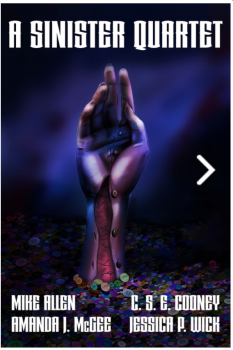 Ah, Horror in the time of Covid! It seems almost superfluous, like a feather boa on an ostrich.
Ah, Horror in the time of Covid! It seems almost superfluous, like a feather boa on an ostrich. Critic Farah Mendlesohn introduced the term ‘portal fantasy’ in her 2008 book Rhetorics of Fantasy to describe stories in which a protagonist leaves their home and enters a new, larger, magical world. I’ve seen the term used often to refer to a specific subtype of these fantasies, in which a protagonist from conventional reality passes through a portal to a fictional realm and proceeds to quest about and have adventures. The rise of this more specific definition is not entirely surprising, given how common that kind of story is, perhaps especially with younger protagonists. Either sort of portal fantasy can present a character, confronted with a new and strange world, with an opportunity to grow and change. Or, instead, can be about reification of the character’s previous identity — a locking-in of who they are, after the success of a quest that aims to stop a bad change form occurring.
Critic Farah Mendlesohn introduced the term ‘portal fantasy’ in her 2008 book Rhetorics of Fantasy to describe stories in which a protagonist leaves their home and enters a new, larger, magical world. I’ve seen the term used often to refer to a specific subtype of these fantasies, in which a protagonist from conventional reality passes through a portal to a fictional realm and proceeds to quest about and have adventures. The rise of this more specific definition is not entirely surprising, given how common that kind of story is, perhaps especially with younger protagonists. Either sort of portal fantasy can present a character, confronted with a new and strange world, with an opportunity to grow and change. Or, instead, can be about reification of the character’s previous identity — a locking-in of who they are, after the success of a quest that aims to stop a bad change form occurring.
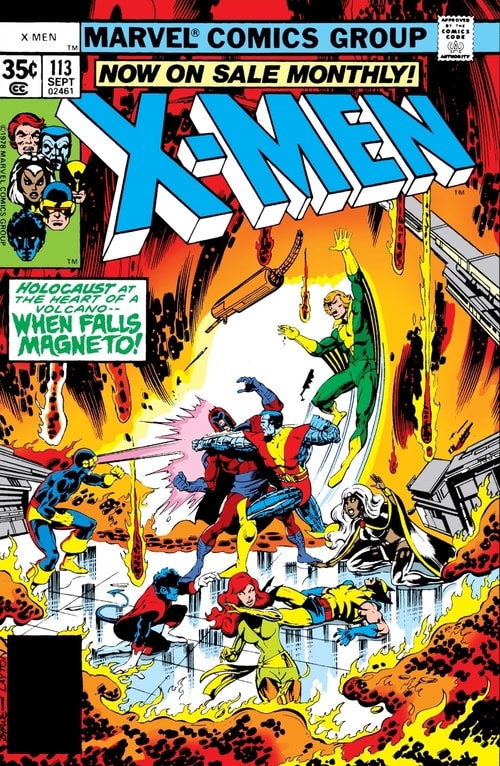
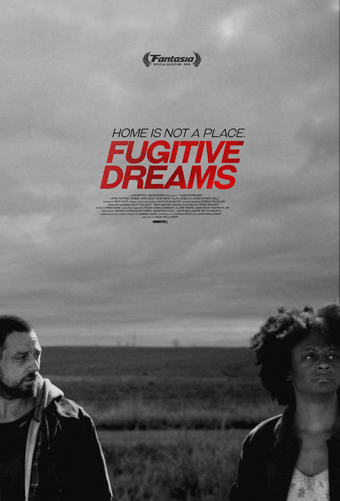 The Fantasia Film Festival usually runs around three weeks, but 2020 and its myriad of challenges meant this year’s festival lasted only two-thirds of that. Time moves fast, faster still during Fantasia, and so it came about that with a sudden shock I found myself in the final hours. I had three on-demand movies still to watch that I hadn’t gotten to, and only one on a fixed schedule, my first of the last day.
The Fantasia Film Festival usually runs around three weeks, but 2020 and its myriad of challenges meant this year’s festival lasted only two-thirds of that. Time moves fast, faster still during Fantasia, and so it came about that with a sudden shock I found myself in the final hours. I had three on-demand movies still to watch that I hadn’t gotten to, and only one on a fixed schedule, my first of the last day.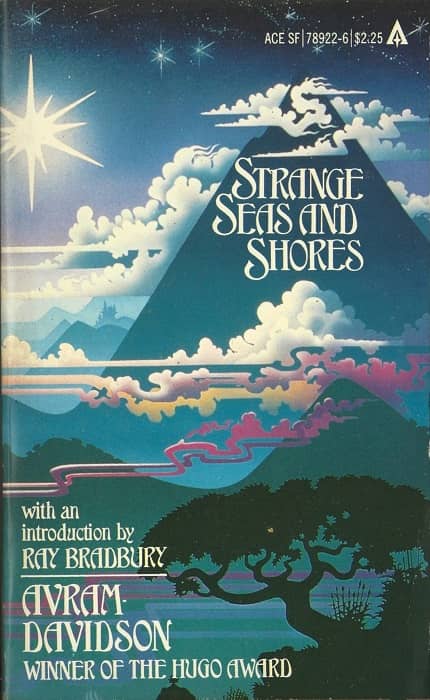
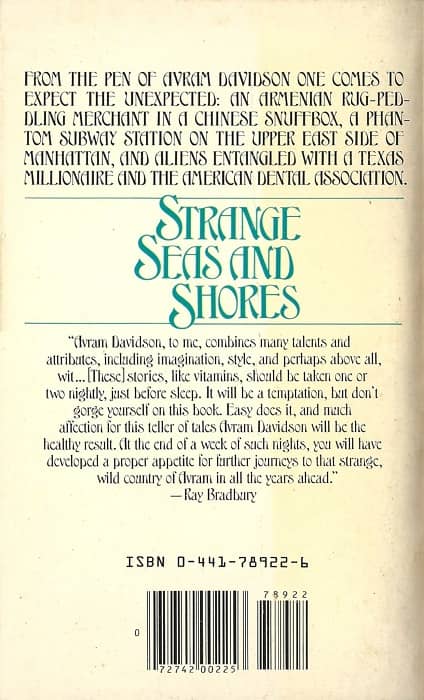
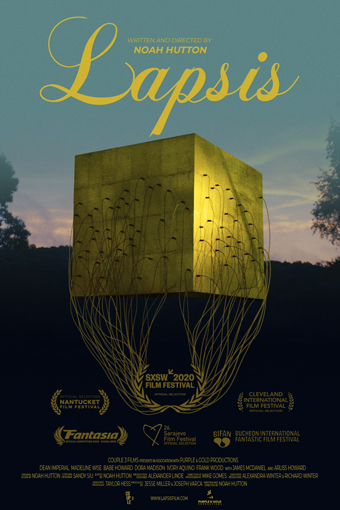 Science fiction has strong historical links to the adventure genre, but ideas-oriented science fiction tends to move away from adventure. Adventure fiction typically focusses on individual protagonists doing world-altering things, and a science fiction backdrop makes for a fictional world susceptible to alteration. But much actual social change is driven by organisations and groups, and science fiction that wants to talk about ideas usually acknowledges that. At the extreme you get something like Asimov’s early Foundation stories: tales in which the inevitable working-out of sociological forces are at the centre of the story, not the actions of a single hero. It’s not impossible to balance a quest-story about a single protagonist with a realistic portrayal of a world defined by its social structures, but tales that pull off both aspects are worth noting.
Science fiction has strong historical links to the adventure genre, but ideas-oriented science fiction tends to move away from adventure. Adventure fiction typically focusses on individual protagonists doing world-altering things, and a science fiction backdrop makes for a fictional world susceptible to alteration. But much actual social change is driven by organisations and groups, and science fiction that wants to talk about ideas usually acknowledges that. At the extreme you get something like Asimov’s early Foundation stories: tales in which the inevitable working-out of sociological forces are at the centre of the story, not the actions of a single hero. It’s not impossible to balance a quest-story about a single protagonist with a realistic portrayal of a world defined by its social structures, but tales that pull off both aspects are worth noting.